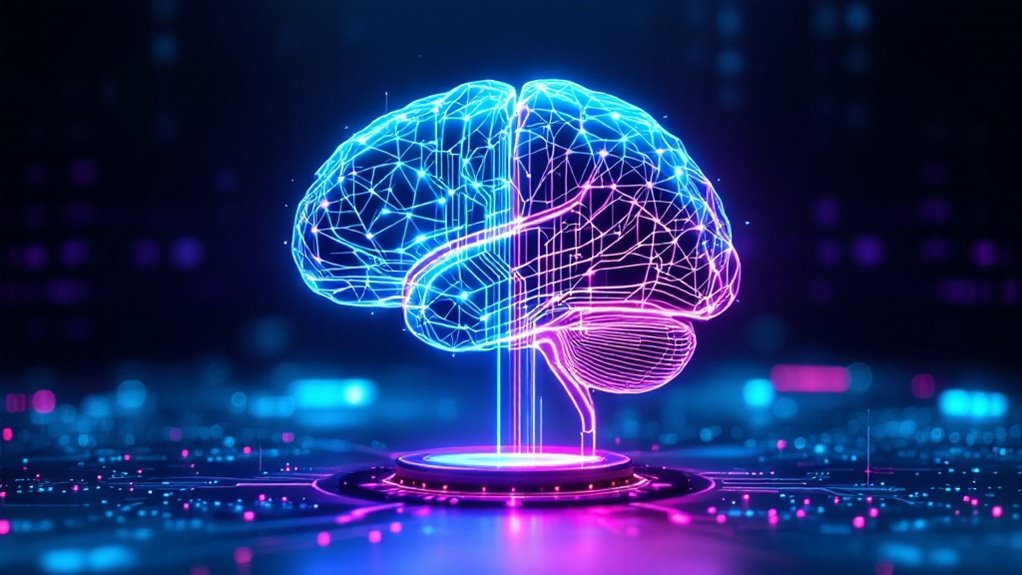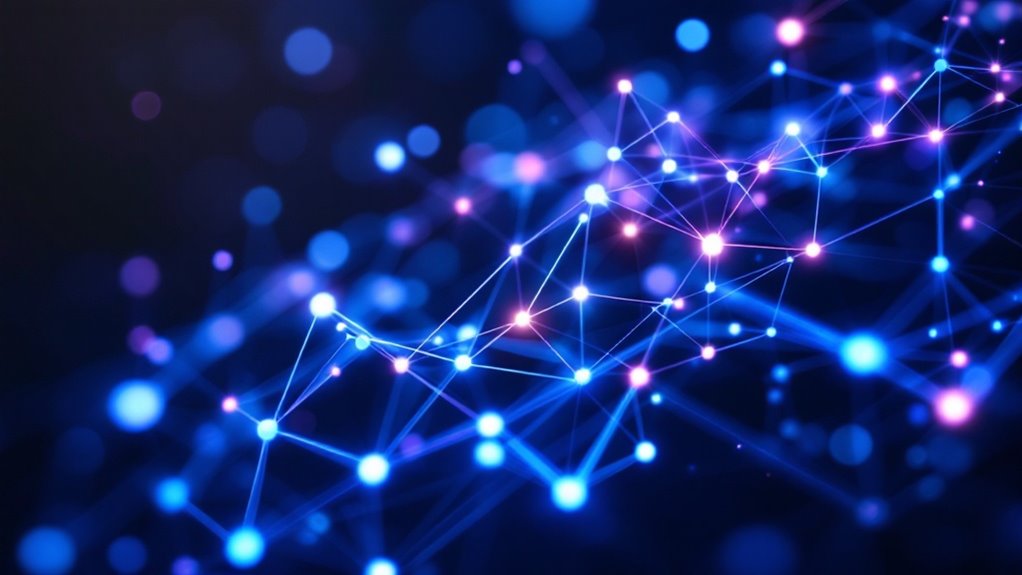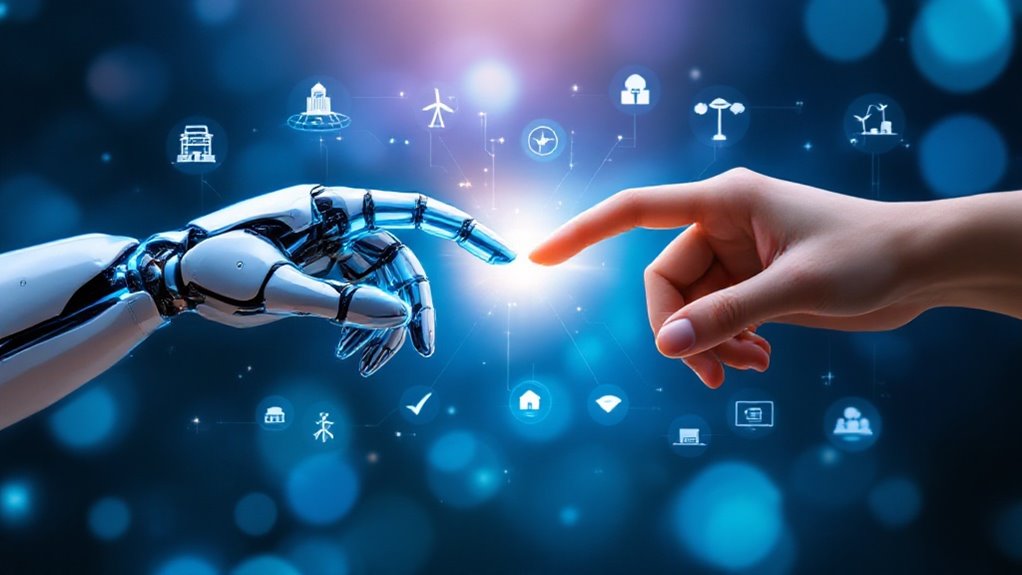AI chatbots evolved dramatically from rule-based systems (think glorified FAQ machines) to sophisticated generative models. Early bots followed rigid if-then scripts, while modern ones use neural networks and transformer models to understand context and generate human-like responses. They process language through NLP, maintain conversation history, and can even make educated guesses about unfamiliar topics. The leap from basic chatbots to today’s AI assistants is like comparing a flip phone to the latest iPhone. Keep scrolling for the mind-blowing technical details.
Nearly every interaction with an AI chatbot feels like conversing with a digital ghost—present yet incorporeal, intelligent yet manufactured. Behind that uncanny valley of almost-human responses lies a complex architecture that’s evolved dramatically over the years.
The journey begins with Natural Language Processing (NLP), which acts like the chatbot’s ears and brain simultaneously. When you type “I’m feeling under the weather today,” the system doesn’t just spot keywords like “feeling” and “weather.” Instead, it *tokenizes* your sentence, breaking it into meaningful chunks while analyzing the entire context. And no, it won’t suggest you bring an umbrella when you’re actually saying you’re sick.
NLP doesn’t just hear your words—it dissects them, understands them, and won’t confuse your metaphorical weather with the actual forecast.
These systems don’t magically understand language, though. They’ve been fed mountains of conversational data—like a toddler who’s somehow read every book in the Library of Congress. Through supervised learning, they recognize patterns: “How’s the weather?” requires a different response than “How’s your day?” Even with similar vocabulary.
The real mind-bending stuff happens in the neural networks, where multi-layered systems mimic (albeit crudely) how our brains process information. Transformer models particularly revolutionized this field by weighing word relationships in ways previous tech couldn’t dream of. Think of them as the difference between a flip phone and an iPhone—same basic function, entirely different capability. The evolution from early FAQ-based chatbots to today’s AI-powered assistants represents a shift from rule-based programming to sophisticated machine learning.
What makes modern chatbots eerily effective is their contextual memory. Unlike your goldfish-brained friend who forgets what you said two minutes ago, these systems track conversation history, remembering that when you said “the blue one” you meant the sweater mentioned three exchanges back.
The most advanced systems employ zero-shot learning, fundamentally making educated guesses about topics they weren’t explicitly trained on. It’s like asking someone who’s never seen cricket to guess the rules based on their knowledge of baseball—surprisingly effective, if occasionally bizarre. Modern chatbots leverage powerful tools like BERT and GPT to understand nuances in human language that earlier technologies simply couldn’t process.
With each conversation, these digital ghosts learn a little more, gradually becoming less ghostly and more… well, present. Prominent examples like Siri and Alexa demonstrate how these AI assistants have become embedded in our daily lives, responding to our queries with increasing sophistication.









